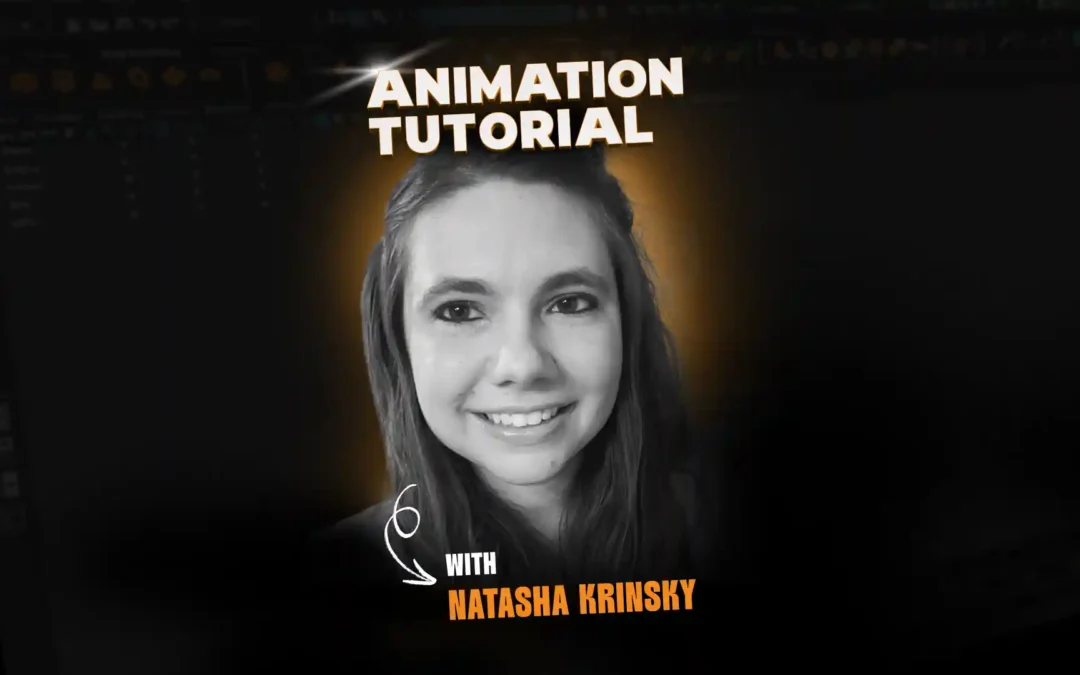
Ariel, heartbroken, in Disney’s The Little Mermaid
Disney’s The Little Mermaid via Giphy
But HOW do you achieve this?
Well, CONTRAST is a good way to show any emotional change. Obviously this depends on what the director or storyboard artist says about the flow of the movie. But, if you’re independent or a student making your own animation, a good way to show any new emotion is through change. In body language and in facial expressions.CONTRAST is a good way to show any emotional change.Have a character change from what they were thinking (happy, content, angry, impatient) and transition to another emotional state such as sadness. You need to slow the character down, if they are moving a lot. The audience needs to see their face.

Sadness from Pixar’s Inside Out
Disney’s Lilo and Stitch via GIPHY
Occasionally it’s nice to animate the character trying to hide or suppress their shock and sadness.
There’s a great example of this in the movie The Holiday. Kate Winslet’s character finds out her boss/boyfriend is getting engaged at a company Christmas party, and she is destroyed. But because she is surrounded by coworkers, she tries to mask her true shock and grief by attempting to smile. This adds a lot of reality to your acting. These moments are the special ones that people remember, and makes them REALLY care about your character!
Kate Winslet in The Holiday (Columbia Pictures & Universal Pictures)
Study live action references as well as animated films.So study live action references as well as animated films. Also be careful not to be too be too cliché or overact your sadness. Remember sadness doesn’t shout, “look at me…I’m sad,” rather people feeling true sadness actually shrink and don’t want attention brought to themselves. I hope this helps. Happy animating! All the best Timothy J Ingersoll.
Want to be mentored by professional animators?
Start your animation journey today by learning from animators at studios like Blue Sky, Pixar, and Sony Imageworks! Get more information about Animation Mentor’s Character Animation Program.



